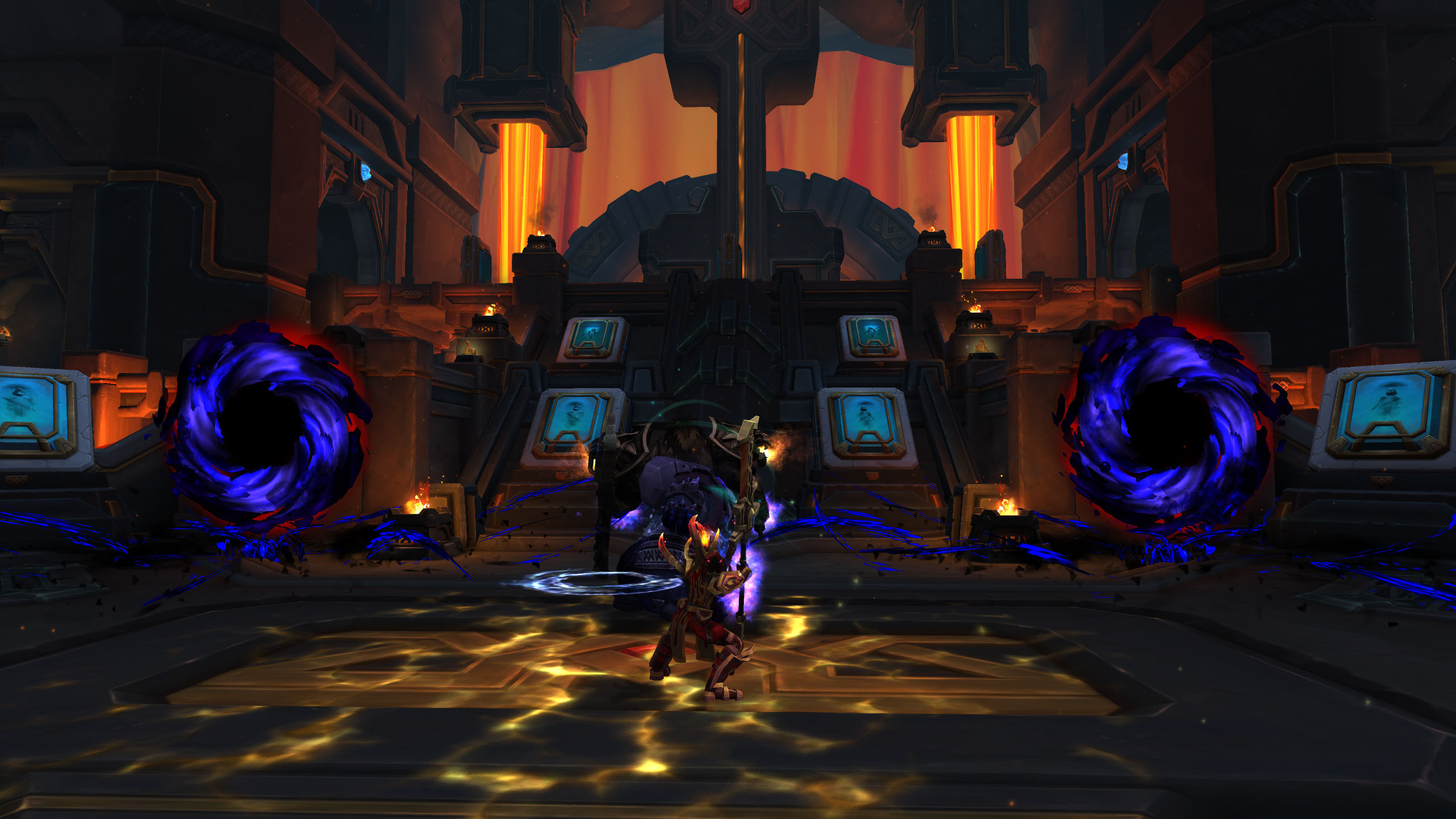Why WoW Gold Helps Alts
Starting a fresh alt feels great until tiny hurdles slow you down—small bags, slow riding, weak starter gear, and constant trips to vendors. A healthy gold stack clears those hurdles in one sitting, so your new character moves like a main from day one. With enough WoW Gold, you can buy four to six big bags, pay riding ranks in order, grab a solid starter weapon and a couple of ring/neck upgrades, and still have a cushion for enchants, food, and repairs.
That one-time setup saves hours over the first week. You stop deleting loot to make space. You cross zones faster, reach dungeons on time, and finish story steps without long travel gaps. You also hit early dungeons and Mythic 0s with clean stats, which makes groups smoother and rewards come quicker. The trick is using gold with a short plan instead of random buys. Prioritize storage, speed, and a few high-value slots. Build a small “alt kit” you can copy to every new character. Keep a fixed restock list so consumables never run dry. Treat it like setting up a new phone: a few minutes to install the essentials, and then you forget about it. Your alt levels faster, gears faster, and slides into your weekly routine without dragging your main off track.
Bags First: Inventory and Bank Setup
Bags change everything because they shrink how often you stop playing to manage items. Start by filling every bag slot on the alt with 30–36 slot bags. If you can, buy two more for the bank right away; future-you will thank you when quest loot, crafting mats, and spare gear pile up. Use a simple layout that never changes: the leftmost bag is utility (potions, food, toys, tomes), the next one is consumables (phials, combat pots, bandages), the middle bags are loot and mats, and the rightmost bag is gear swaps (trinkets, rings, off-spec pieces).
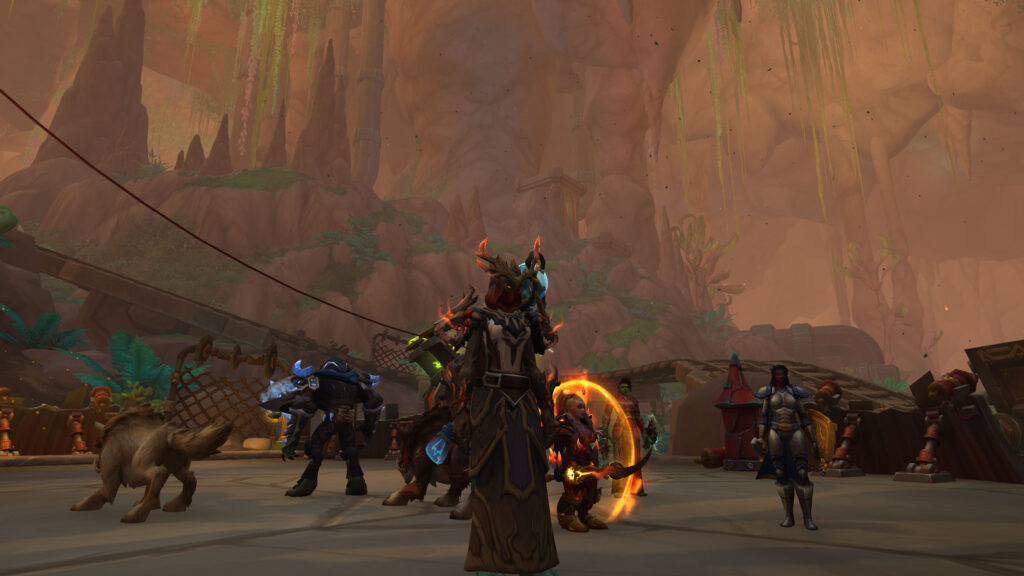
Set up junk filters or vendor add-ons so gray items vanish in one click at the next merchant. Mail overflow mats to a bank alt with labeled tabs—Mats, Gear, Sell—so your leveling path stays clear. Keep at least two empty rows in your main bag at all times; that cushion prevents the “bag full” pop-up during boss loot or quest turn-ins. If you fish or gather while leveling, park those tools in the utility bag so they never clutter your core space. This small system pays off in minutes: fewer vendor trips, faster dungeon runs, and no awkward pauses while the group waits for you to clear a slot. Spend the gold once, enjoy the comfort all season.
Riding Skills: Speed Before Shopping
Speed multiplies everything you do on an alt, so pay riding ranks early. The order is simple: ground riding, flying, then faster flying as soon as your level and expansion rules allow. Make a tiny trainer list for your faction and expansion hubs, then do a single “training lap” to pay each rank in one session. Keep a separate “riding pot” of gold so you never delay a speed upgrade because you bought a shiny trinket first. The payoff is immediate. Faster riding cuts travel time between quest hubs, trims the dead minutes running back from objectives, and lets you cross dangerous areas with fewer pulls.
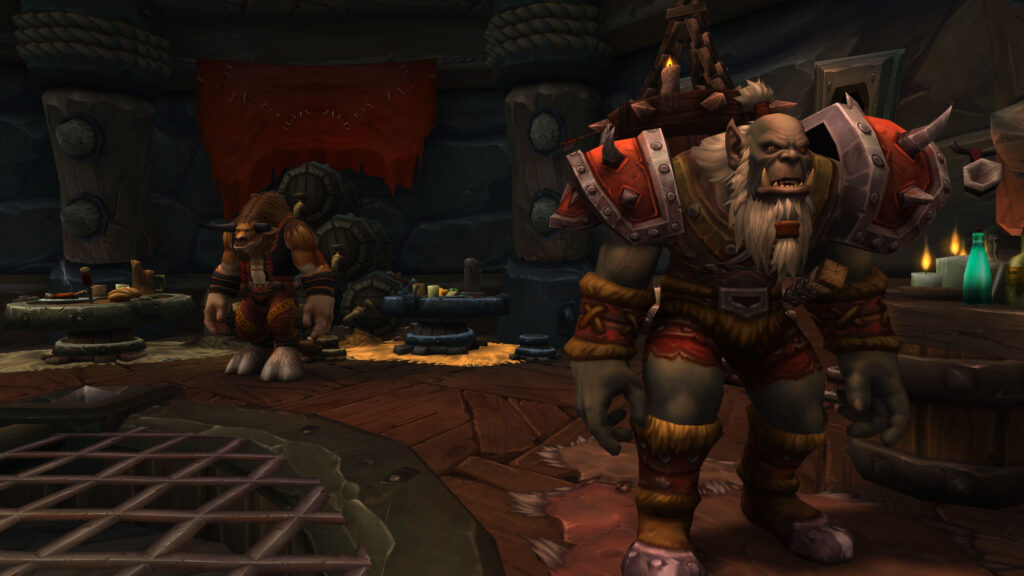
Flying unlocks safer routes, quicker herb/ore stops if you gather, and easy access to rare spawns or treasures that give your alt a handy power bump. If you play several alts, batch the upgrades: log each character, pay the next rank, tick a checklist, move on. You can even pair this with hearthstone toys and flight path unlocks to make the map feel small from the start. Once travel is quick, everything else flows: dungeon queues fit neatly in your play window, profession errands finish in a single lap, and mount hunts stop feeling like a chore. Gold spent on speed is gold you get back as free time on every session that alt ever plays.
Starter Gear: Clean Stats From Day One
Gold lets you skip the “wear whatever drops” phase and start with a tidy stat profile. Begin with a weapon—it drives more of your output than any other single slot at low and mid item levels. If the Auction House has a clear upgrade at a fair price, grab it first. Next, look at rings and neck; they’re cheap per stat and let you lean into your best secondary early. Fill obvious weak spots (belt, wrists) with low-cost picks rather than waiting on random dungeon drops.
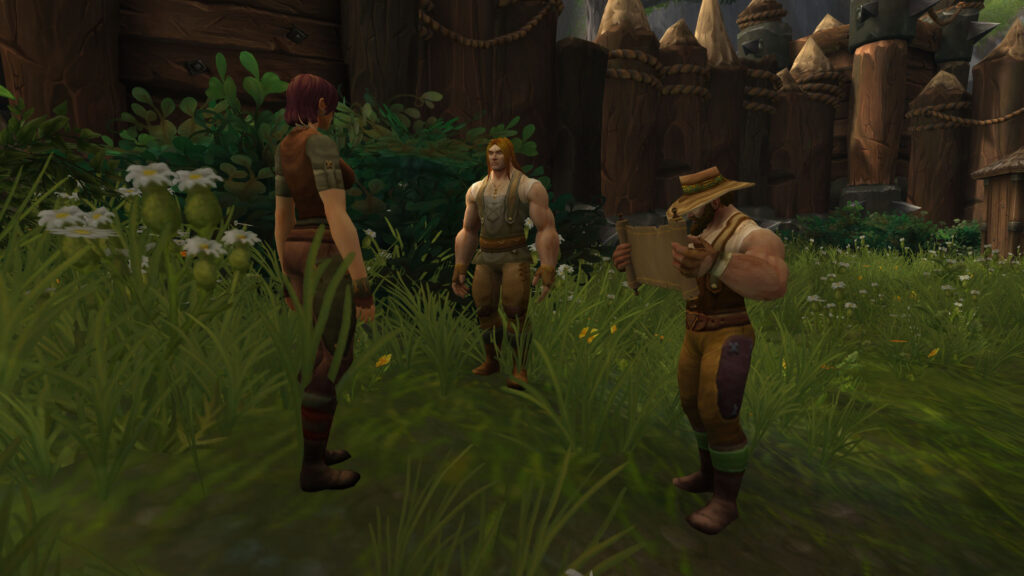
If crafted starter pieces exist for your spec, shortlist one high-impact craft—don’t chase a full suit on day one; one or two smart crafts carry you until dungeons and keys replace them. Keep trinkets simple: pick stable, always-on effects instead of niche procs while you learn your rotation. To avoid overbuying, set a small cap per slot and stop once the budget is met. Park any replaced pieces in the bank for off-spec experiments later. This keeps your gold focused on power, not looks, and gets you queue-ready in minutes.
| Slot Priority | Typical Spend (low → mid) | Impact on Power | Notes |
|---|---|---|---|
| Weapon | Medium → High | Very high (first purchase) | Buy first; craft if AH is overpriced |
| Rings / Neck | Low → Medium | High per gold spent | Tune best stat; easy future upgrades |
| Trinket (1) | Low → Medium | Medium/High | Prefer steady effects while learning |
| Big Armor Gap | Low → Medium | Medium | Fill cheapest weak slot to round stats |
| Off-hand/Shield | Low → Medium | Medium | Grab if it fixes a clear weakness |
Enchants and Gems: Low-Cost, High Value
A few scrolls and sockets turn a loose set into a clean, confident opener. Start with a weapon enchant—it works every second and scales with everything you do. Then ring enchants to lock in your best secondary; these are cheap and easy to swap as gear changes. Follow with chest and legs for steady main-stat bumps or smoothing effects that help during rough pulls. For gems, socket the pieces you expect to keep for a while—usually your new rings and any high item-level armor. Keep two spare best-stat gems and one weapon-enchant scroll in your bags so a mid-dungeon or mid-raid upgrade is live before the next pull. If you play multiple specs, label a tiny envelope bag “Off-spec” and park an alternate gem pair inside; swapping becomes a 30-second job instead of a shopping trip. Don’t chase perfect math at level 20 gear—aim for consistent stats and upgrade as drops arrive. The goal is to remove excuses: every slot that matters has an enchant, every stable piece has a gem, and your alt hits queues playing at full strength, not “almost ready.”
Fast enchant plan
- Weapon first (buy 2 scrolls if you can)
- Rings next to tune secondaries
- Chest and legs for steady power
- Gem stable pieces; keep 2 spares in bag
- Restock used scrolls/gems after each session
Consumables and Repairs: Keep Moving
A light kit keeps your run smooth and your bags calm. Pack personal food that matches your best stat so you rebuff between pulls without waiting on a feast. Bring a small stack of phials for dungeons and early keys, and a full stack of health potions; if your spec benefits, add mana potions. Keep bandages for out-of-combat tops while leveling. If your class uses oils/poisons/runes, keep them on a bar and refresh during short breaks.
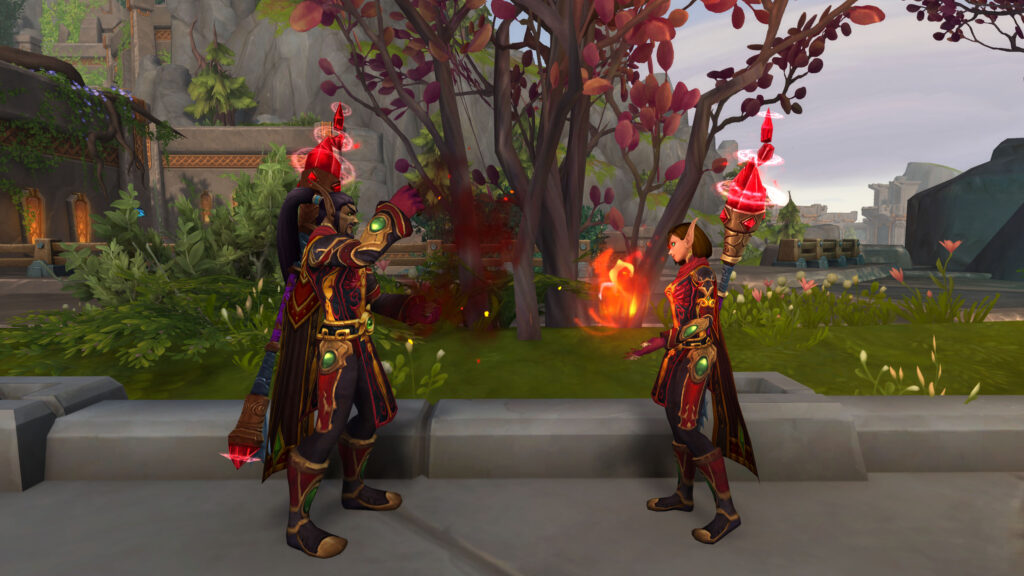
Set up a repair wallet—a fixed gold stash just for durability—so wipes never send you scrambling. Before invites, repair to 100%, restock pots and food, and free two bag rows. During play, follow a simple loop: loot → quick sort → eat/drink if needed → pull timer. After you win an upgrade, apply the spare gem or enchant from your bag and move on; don’t open the Auction House mid-run. End each session with a two-minute reset so the next login is plug-and-play.
Starter kit checklist
- 3–5 phials • 20–30 combat/health pots • 20–30 food
- Bandages • class oils/poisons/runes (if used)
- Repair to 100% • repair wallet funded
- Two empty bag rows before queueing
- Spare weapon scroll + 2 best-stat gems in bag
Simple Week 1 Plan for a New Alt
Give yourself a short, clear plan so you don’t wander or overspend. Day 1: buy 4–6 big bags, pay ground riding, pick a starter weapon, and apply weapon + ring enchants. Set up your bag layout and mail extra mats to a bank alt. Day 2–3: pay flying if you can, fill 2–3 weak gear slots (rings/neck first), stock food, pots, and bandages, and run a few dungeons. If a drop beats your buy, equip it and keep moving—no mid-run shopping. Day 4–7: pay faster flying, fund one crafted piece if it fills a bad gap, and top up consumables. If you plan professions, buy tools and start a light loop or a small craft list. End each day with a two-minute reset: repair to 100%, refill pots and food to your caps, replace any spare gems or scrolls you used, and leave two empty bag rows for tomorrow. This week-one flow turns an alt into a ready character fast, with clean stats, fast travel, and no panic buys.
Shopping Tips That Save Time
Shop once, play more. Do your big restock early in the week when prices are calmer. Keep a short shopping note with exact item names and target counts to avoid look-alike mistakes. Set restock points (for example, “if health pots < 20, buy to 60”) and check counts on login. Park a bank alt at the auction house and vendors so you can move mats and buy stacks without flying around on your main.
When prices spike on patch days, buy one session’s worth and wait a day before topping up. For enchants and gems, hold two spares of your main picks and one off-stat so any upgrade goes live in under a minute. Keep a labeled bag or bank tab called “ALT KIT” that holds phials, pots, food, spare gems, spare scrolls, and class upkeep items. Drag the whole set to your alt at the start of a week, and your prep is done.
One-Page Buying Checklist
- Bags: 4–6 big bags + 2 bank bags
- Riding: ground → flying → faster flying paid
- Starter Gear: weapon first; rings/neck next; fill one big gap
- Enchants/Gems: weapon + rings; chest/legs; 2 best-stat gems in bag
- Consumables: 3–5 phials; 20–30 health pots; 20–30 food; bandages
- Repairs: repair to 100%; repair wallet funded
- Professions: tools bought; mats tab ready; fee gold set aside
- Spare Kit: 1 weapon scroll, 2 best-stat gems, class oils/poisons/runes
- Bags Clear: two empty rows before queueing each session
Conclusion: Buy Smart, Level Smooth
Alts feel great when you clear the slow parts up front. Buy WoW Gold to get big bags, pay riding ranks in order, and lock in a starter weapon with simple enchants and gems. Keep a light kit of food, pots, and bandages, fund a repair wallet, and add a profession plan that fits your goals.
Follow the week-one steps, restock after each session, and reuse the same short checklist on future characters. Do that, and every new alt levels faster, steps into dungeons clean, and slides into your weekly routine without pulling time away from your main.
